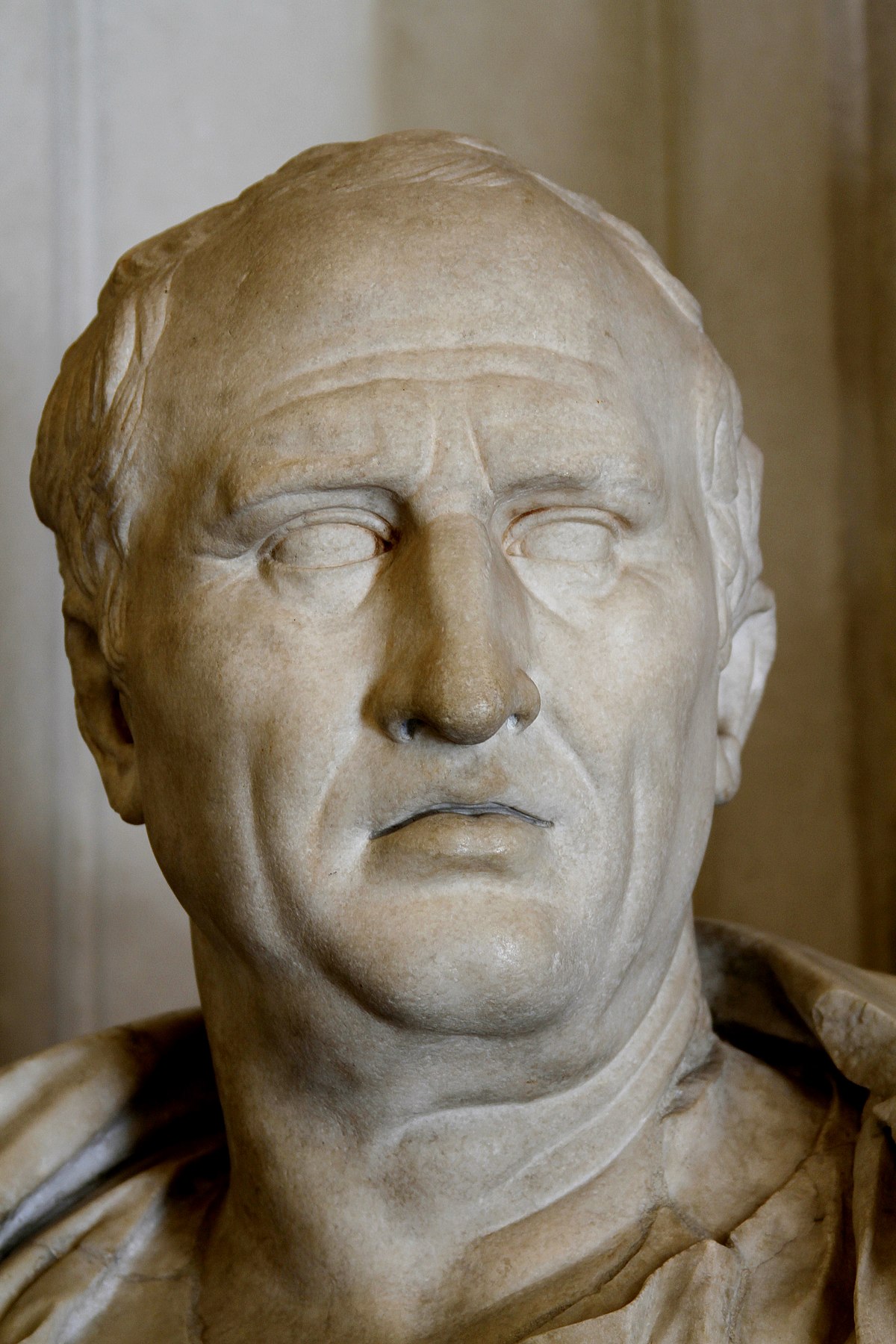Mom, homeless after the war, considered Canada a miracle country until the day she died. Dad, bitter about his mis-spent youth under the Nazis, embraced the open-minded Canadian attitude . . . along with the open-sky of the Manitoba prairies.
This is a country that welcomes diversity, offers opportunities for newcomers, tries to acknowledge and reconcile with its past errors. True, we’re far from perfect—we’ll never be—but hell, we’re trying. We’re a big country and we’re big-dreamers. Cold and warm and trying to be friends with everyone while still looking out for ourselves. It’s not impossible.
When I volunteer with new immigrants—my way of giving back to the country that accepted my family—I’m reminded again and again of the things it’s so easy to take for granted—like freedom to speak what's on our minds.
Opportunity is real. Law, order and respect are accepted parameters that we strive to maintain. My current and former EAL students from Iran, China, South Korea and Ukraine have chosen Canada as their new home, just like my parents did sixty years ago.
We’re all immigrants, all intruders, all foreigners in this First Nations’ land. It’s a beautiful, spacious country to raise a family and grow old. Thank you for sharing it with us, First Nations’ people. As immigrants, we’re grateful and we’re trying. Forgive us for our Putin-like invasion, for trying to crush you and thank you, thank you, thank you for your patience.
Happy Birthday, Canada. Here's some music to celebrate. One from William Prince, hailing from the Pequis First Nation here in Manitoba. The poignant wisdom of this song always bring tears to my eyes.
And one by Jonny Hill that my dad, who owned only two cassettes, loved to play in his old Mercury. The joy and pride expressed in this song of Dad's chosen country also brings tears to my eyes.
Happy Day to all!










.jpg)





